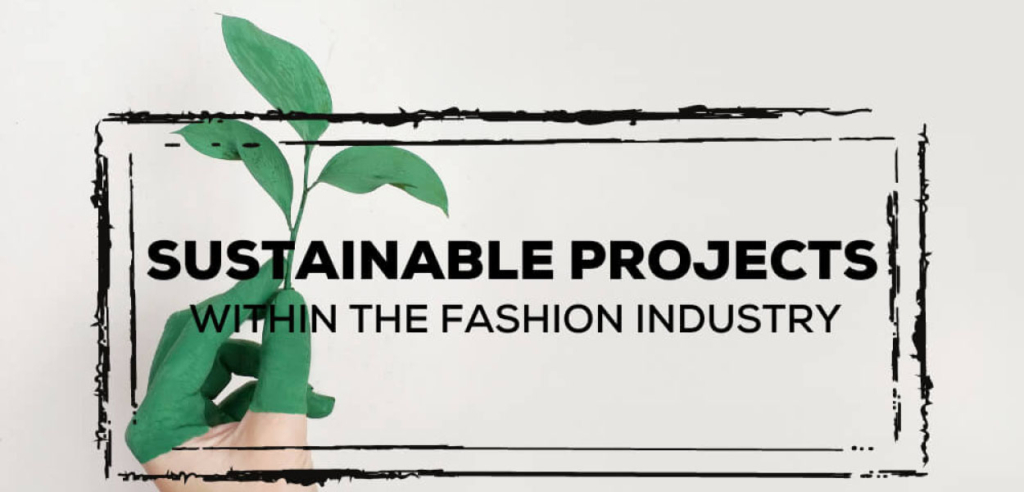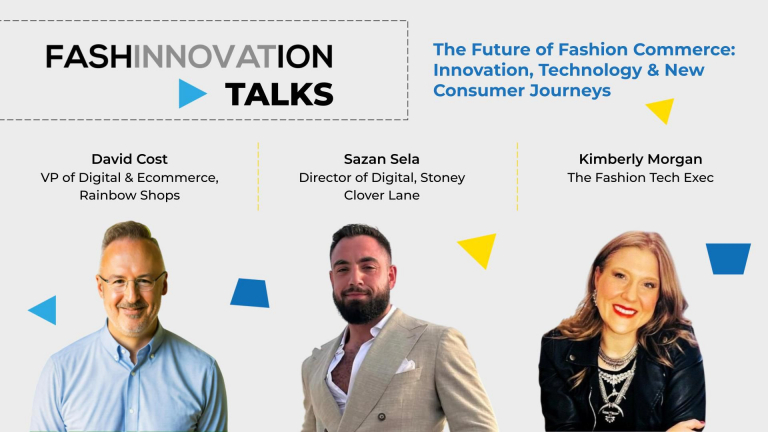Each fashion company has its own ideas about how to commit to becoming a sustainable fashion brand. Many brands have either created or joined projects dedicated to sustainability in order to set an example and better inform their customers about what they are doing to help the environment. These are some sustainable projects within the fashion industry.
Sustainable Projects: Cotton’s Blue Jeans Go Green Program
Cotton’s Blue Jeans Go Green program aims to recycle old, used jeans from various fashion companies. However, it is not limited to just old pairs of jeans! It also accepts jackets, skirts, shirts, and other pieces of clothing made from denim. The company was created in 2006 as a way to increase awareness about sustainability. To date, it has collected over 2 million pieces of denim from retailers. It is one of several sustainable projects within the fashion industry.

Sustainable Projects: Fashion Companies that Participate in the Program
Fashion brands such as Madewell and Rag & Bone take place in Cotton’s Blue Jeans Go Green program. Both companies use this initiative to provide insulation for their stores, and also offer additional incentives to further the cause. For example, Rag & Bone offers an additional incentive of 20% off of any denim purchase for their customers if they bring in denim to be recycled. However, Madewell offers $20 off of a new pair of jeans for the same. We have also mentioned Madewell’s sustainability efforts in this article about the textile industry’s evolution.
Sustainable Projects: Project Green Challenge
Project Green Challenge is another project that aims to promote sustainable fashion within the fashion industry. Partnering with Eileen Fisher and Indigenous, this project encourages prioritizing human rights, and promotes ethical fashion. It also encourages saving money by shopping at second-hand stores. Prizes for these challenges include an organic cotton T-shirt, natural rubber flip flops, a hemp beanie, and an organic cotton hair tie.
In this challenge, people can complete 3 different challenges that can be submitted in exchange for points that increase by 20. The first challenge, known as the Green Challenge, is worth 20 points. First, it asks you to define fast fashion in 50 words or less. Then it asks you what brands you currently buy, where you shop, and how you are contributing to fast fashion.
The next challenge, known as the Greener Challenge, is worth 40 points. This challenge asks you to go deeper and examine the labels on your clothing. That means, familiarizing yourself with the material that contains in your clothing. It asks you to research the impact that your article of clothing may have had on the people who produced it, as well as on the environment. It also challenges you to wear your clothing inside out so that the materials labeled on the tag gain more recognition.
The final challenge, worth 60 points, is the Greenest challenge. This challenge asks you to take some time out of your day, grab your friends, and watch the documentary The True Cost on Netflix. Following this screening, the challenge encourages a Q and A, asking questions such as:
- How would you sum up your thoughts in a sentence?
- How will you shop now?
- What can you do to spread the message about the impacts of fast fashion to friends and family?
- What did you take away from this film?
Sustainable Projects: The Fashion Pact
The Fashion Pact is another sustainable project within the fashion industry. In total, 61 companies of the fashion industry were part of it, including brands such as Adidas, Gap, Nike, and even high-end fashion brands such as Chanel and Farfetch. These companies have committed themselves to causes such as stopping climate change, restoring biodiversity, and protecting the oceans. Their goals are to implement the principles of the U.N. Fashion Industry Charter for Climate Action as well as the requirements of the Paris Agreement, promote recycled, sustainable materials, and use renewable energy sources, becoming more energy efficient.
If you enjoyed this article, read about Earth Overshoot Day!






